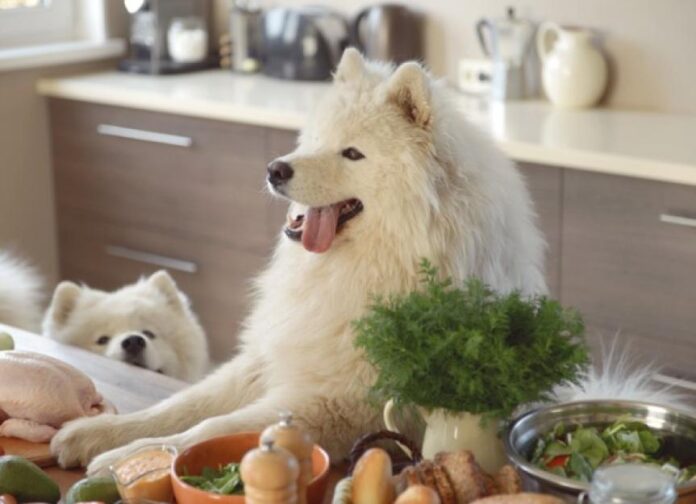Understanding Human-Grade Dog Food: A Comprehensive Guide
In recent years, many pet food brands have prominently labeled their products as “human-grade.” But what does this term truly signify? Are human-grade dog foods genuinely healthier or safer than traditional pet food options? In this article, we will explore the criteria for human-grade labeling, its benefits, and essential factors to consider when selecting food for your dog.
What Is Human-Grade Dog Food?
The term “human-grade” has historically lacked clear definition in the pet food industry. However, in 2018, the Association of American Feed Control Officials (AAFCO) sought to clarify this ambiguity. AAFCO establishes standards for pet food labels and ingredient definitions.
According to AAFCO guidelines, a product labeled as “human-grade” signifies that:
- All ingredients must be edible for humans.
- The product must be manufactured, packed, and stored in compliance with federal regulations under 21 CFR 110—Current Good Manufacturing Practice for Human Food.
The U.S. Food and Drug Administration (FDA) closely monitors these standards and may implement further regulations regarding the use of “human-grade” on pet food labels.
Despite these regulations, some manufacturers assert that their products contain “human-grade ingredients,” which may imply that while the ingredients may initially be suitable for human consumption, they fail to meet the necessary standards during manufacturing. As a result, these products cannot officially be labeled as “human-grade dog food.”
Pet owners should therefore consider whether the distinction between true human-grade dog foods and those made from human-grade ingredients is vital for informed decision-making.
Benefits of Choosing Human-Grade Dog Food
Human-grade dog food is often produced under stricter standards than traditional pet food, indicating potential benefits such as:
- Higher-quality ingredients with a lower risk of contamination.
- Manufacturing practices that adhere to guidelines ensuring food safety.
However, it is essential to note that many pet food manufacturers, regardless of whether their products are labeled as human-grade, may still employ quality ingredients and processes that exceed minimum industry standards.
What to Look for in Human-Grade Dog Food
While “human-grade” can suggest higher quality, it does not guarantee that the food is nutritionally complete for dogs. For instance, a diet of human-grade chicken and potatoes may not meet all your dog’s essential nutritional requirements.
To ensure a balanced diet, look for foods with an AAFCO nutritional adequacy statement on the label. These statements indicate that the product has been tested and confirmed to provide complete and balanced nutrition, such as:
- “Animal feeding tests using AAFCO procedures substantiate that Dog Food X provides complete and balanced nutrition.”
- “Dog Food X is formulated to meet the nutritional levels established by the AAFCO Dog Food Nutrient Profiles.”
Selecting a dog food with AAFCO certification helps guarantee that your choice meets your dog’s basic nutritional needs.
Recommended Human-Grade Dog Food Brands
If you conclude that human-grade food is the ideal option for your furry friend, here are some reputable brands that offer products formulated according to AAFCO nutritional standards:
- The Honest Kitchen: Offers a variety of dehydrated, dry, and wet human-grade dog food options.
- Spot Farms: Produces several varieties of dehydrated human-grade dog food.
- Caru: Known for its range of human-grade stews for dogs, available in multiple flavors.
By making informed choices about your dog’s food, you can help ensure their health and happiness for years to come.











